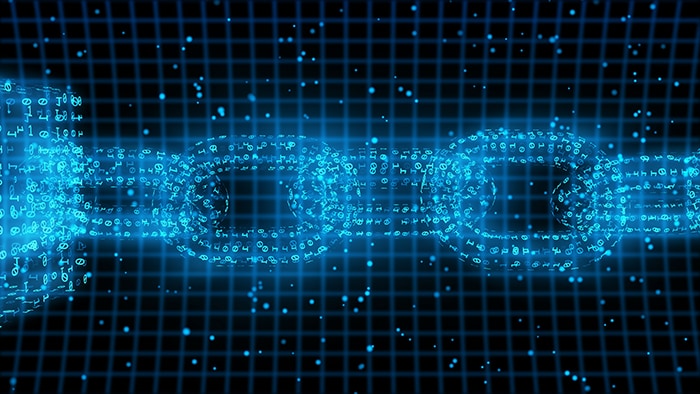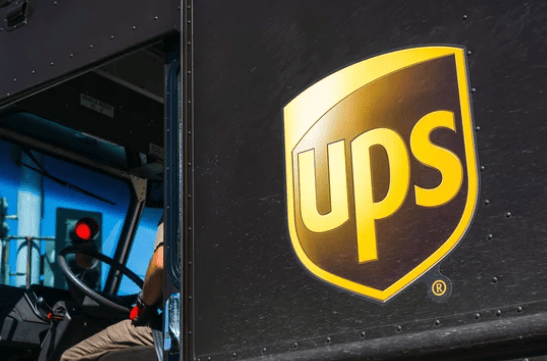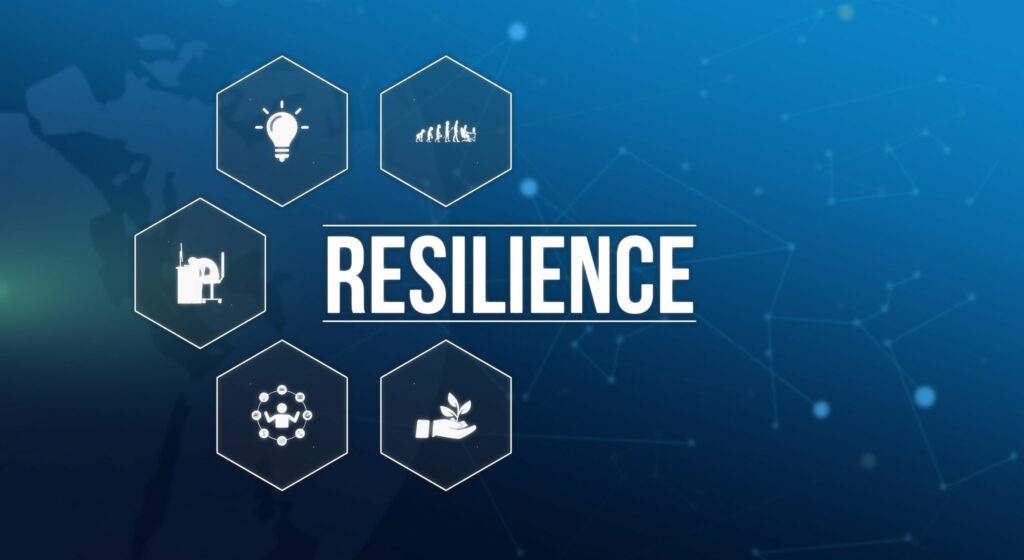Articles
Commentary

What You Don’t Know About Your Suppliers Can Hurt You
Most companies run credit checks to make sure their suppliers are stable. But how can executives keep up with the news and other crucial reports to see if those suppliers will keep their commitments?
Read More
The Future of Work is Already Here
Some supply chain employees may feel wary about job security with advancements in automation and technology. The truth is technology isn’t the enemy; it’s a necessity.
Read More
Asset Management is Everyone’s Job
When it comes to keeping the supply chain as efficient as possible, asset management is a vital priority that mustn’t be overlooked. Keeping careful track not only of goods, but of the shipping containers and platforms needed to transport these goods, should be everyone’s responsibility.
Read More
Greening the Last Mile
Last-mile delivery—the end stage of delivery from a pickup point or sortation center to a package’s final destination—is the most expensive aspect of the supply chain, from high fuel costs and address location to labor and first delivery failure. It also has the highest environmental impact of any other part of the supply chain.
Read More
3 Ways Predictive Analytics Improves Fulfillment
Organizations need the technical tools to provide operational insights that lead to smarter decisions about automating inventory management, warehousing, and distribution processes. With improved operational visibility, businesses can strengthen their order fulfillment and supply chain processes while keeping pace with customer expectations.
Read More
Thinking Inside the Box Truck
While most people are at least somewhat familiar with box trucks, these little workhorses don’t get enough credit. Also known as straight trucks or bobtails, they are usually 26 feet long and can carry up to 10,000 pounds of freight. They can also come in small (12 ft.) and medium size (14-18 ft.) configurations.
Read More
Auto Industry Shifts Logistics Strategies
While companies across industries and sizes are making changes to mitigate supply chain risk, the automotive industry seems to be leading the way on some of the top trends.
Read More
Market Swing: Prepare Now or Lose Later
Market indicators are pointing to a stronger second half of the year—in carriers’ favor—signaling to prudent shippers that the time is now to reevaluate both short- and long-term plans.
Read More
Lessons Learned from the 1997 UPS Strike and Their Relevance Today
THEN: In August 1997, the UPS strike that not many thought would happen, did. Not only did it surprise many companies – but worse was its impact: It exposed companies’ reliance on a single carrier for their livelihood. At the time, UPS dominated the ground network and had roughly 75% of the U.S. parcel market. […]
Read More
Artificial Intelligence in Fleet Management: The Advantages and Disadvantages of Using AI Resources in Fleet Operations
Today’s highly sophisticated and evolving artificial intelligence (AI)-driven tools and resources, including ones that leverage natural language processing like ChatGPT and Google’s new AI product Bard, are creating many new opportunities for organizations. However, the actual impact AI will have on transportation fleets in the areas of improved equipment asset management strategies, and operations such […]
Read More
This Ain’t Your Parents’ Inventory Cycle
Speculation has been mounting that the inventory cycle is back. Profit warnings by major American companies such as GAP, Walmart, and Target that had taken on excess inventories and now needed to run them down raised concerns that a concerted drawdown of stocks could make a likely U.S. recession worse.
Read More
Hurricane Season – 11 Questions to Ask Yourself
Hurricane season for 2023 is upon us. And it’s never too late to be properly prepared. It’s always better to be over-prepared and then nothing happens than to be under-prepared and a major storm comes your way. Every business owner, regardless of the type of work they do, should address the following 11 questions in […]
Read More
GOOD QUESTION: What one supply chain adjustment would make the biggest impact on ESG?
Mature your data so you can use it like Google Maps. Sustained ESG marries continuous improvement with reporting and analysis—predicated on trustworthy data. Every company has a different origin, destination, and journey. Equip your organization with dependable navigation skills by building data intelligence and embedding a culture of data-driven action.
–Michael Ochi
Sr. Manager, Sustainability and Digital Manufacturing
QAD

Warehouse Location Automation
If a robot told you where to go, would you listen? Choosing a domestic distribution site is a well-honed science with several schools of thought. Some supply chain practitioners favor the mega-DC approach, while others use retail locations to do double-duty as efulfillment centers. Other practices include a blended approach to match evolving customer demand.
Read More
3 Strategies for Supply Chain Resilience
Supply chain disruptions can cost an organization 45% of its annual profits over the course of a decade, which makes figuring out how to live with disruption critical, as a global economy built on clear predictability is not viable.
Read More
How to Combat Fraudulent Losses
Retail and ecommerce is experiencing a massive digital transformation, and with this comes an increase in bad actors who embrace innovation and take advantage of the latest digital fraud practices as well.
Read More
Steps to AI Success in Your Warehouse
As global ecommerce expands, fulfillment operations need to look to artificial intelligence (AI) to keep pace with the demands of today’s digital supply chain. More and more organizations are considering digital technologies such as AI to improve supply chain performance.
Read More
If You Don’t Quantify Risk, COVID Didn’t Teach You Anything
No one would argue after the events of the past three years that supply chains aren’t broken. Wild discrepancies between supply and demand resulted in a crazy roller coaster effect that vacillated between too much inventory and empty shelves. Billions of dollars of goods sat for weeks or more on transatlantic barges while consumers cashed their stimulus checks, ready to spend.
Read More
The Coming Wave of ESG Reporting Regulations: How Should Businesses Prepare?
The goal is to showcase ESG data that can withstand the scrutiny of not just regulators, but all stakeholders who will use it to make comparisons among companies in the way they do with financial data today. The time to take action is now.
Read More
GOOD QUESTION: How would you describe your job in five words or less?
Keeping it cold, when hot. –Jake McPaul Head of Refrigerated Operations and Product WARP Supply chain innovation evangelist. –Chris Jones EVP Industry Descartes Bringing transparency to carrier negotiations. –Josh Dunham CEO and Co-founder Reveel Fresh challenges around every corner. –Crissy Hatfield Dispatcher Xcel Delivery Services Expanding the potential of automation. –Matt Somerville Director of Sales […]
Read More